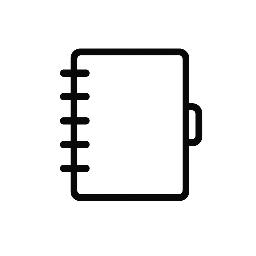Drains cleaning is essential to maintain proper water flow and prevent blockages that can cause costly damage. Regular cleaning removes debris, grease, and buildup that lead to slow drainage or overflow, ensuring the system works efficiently.
Ignoring drain maintenance often results in unpleasant odors and potential plumbing issues. Understanding the best methods and tools for cleaning can save time and money while avoiding emergency repairs.
Drains Cleaning Methods
Drain cleaning involves various techniques ranging from manual intervention to the use of advanced equipment. Each approach targets specific types of blockages and pipe conditions to restore proper flow.
Manual Drain Cleaning Techniques
Manual methods include using tools like plungers, drain snakes, and hand augers. A plunger creates suction to dislodge minor clogs near the drain opening. Drain snakes or augers are flexible cables inserted into pipes to break up or retrieve blockages.
These techniques are effective for hair, grease, and small debris buildup. They require physical effort and sometimes professional skill to avoid pipe damage. Manual cleaning is often the first step before using chemicals or machinery.
Chemical Drain Cleaners and Solutions
Chemical cleaners use corrosive or enzymatic agents to dissolve organic matter in drains. Common ingredients include sodium hydroxide and sulfuric acid, which break down grease, hair, and food waste.
Chemical use carries risks such as pipe corrosion, toxic fumes, and harm to septic systems. Enzymatic cleaners are safer alternatives but work slower and require repeated application. Proper safety measures and manufacturer instructions are essential when using these products.
Hydro Jetting and Advanced Equipment
Hydro jetting employs high-pressure water streams to clean pipes thoroughly. It removes grease, scale, and hardened deposits that manual and chemical methods can’t clear.
Advanced equipment like motorized drain augers and video inspection cameras help identify and treat complex blockages. Hydro jetting is effective for commercial and residential drains but requires professional operation due to water pressure risks.
Preventing Drain Clogs
Effective drain maintenance involves simple habits and clear guidelines to reduce buildup and blockages. Using proper cleaning techniques and avoiding common household mistakes can keep drains flowing smoothly.
Routine Maintenance Tips
Regular inspection and cleaning of drains can prevent clogs from forming. Flushing drains weekly with hot water helps dissolve grease and soap scum before they accumulate. Using a mixture of baking soda and vinegar monthly can also break down blockages gently without harsh chemicals.
Mechanical tools like drain snakes can clear minor obstructions before they worsen. Avoid flushing large food particles, hair, or fibrous materials down the drain. Installing hair traps in showers and strainers in sinks captures debris before it enters the plumbing system.
Best Practices for Households
Households should limit what goes into drains to prevent common causes of blockages. Avoid pouring cooking oils or grease directly down the sink; instead, collect and dispose of them in the trash. Food waste should be separated from drains, especially fibrous vegetables, coffee grounds, and eggshells.
Regularly clearing drain stoppers and cleaning faucet aerators improves water flow and reduces buildup. Educating all household members about these practices ensures consistent care. Promptly addressing slow drains with appropriate techniques helps stop minor issues from becoming costly repairs.


Leave a Reply